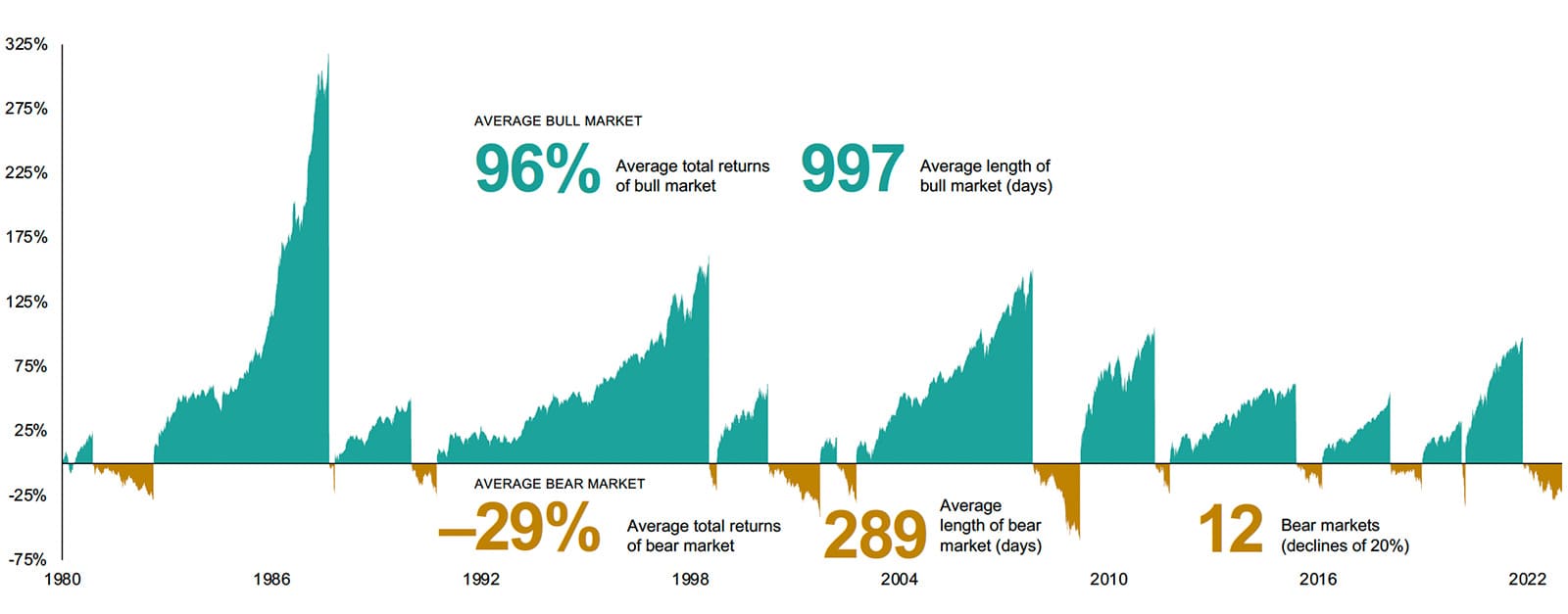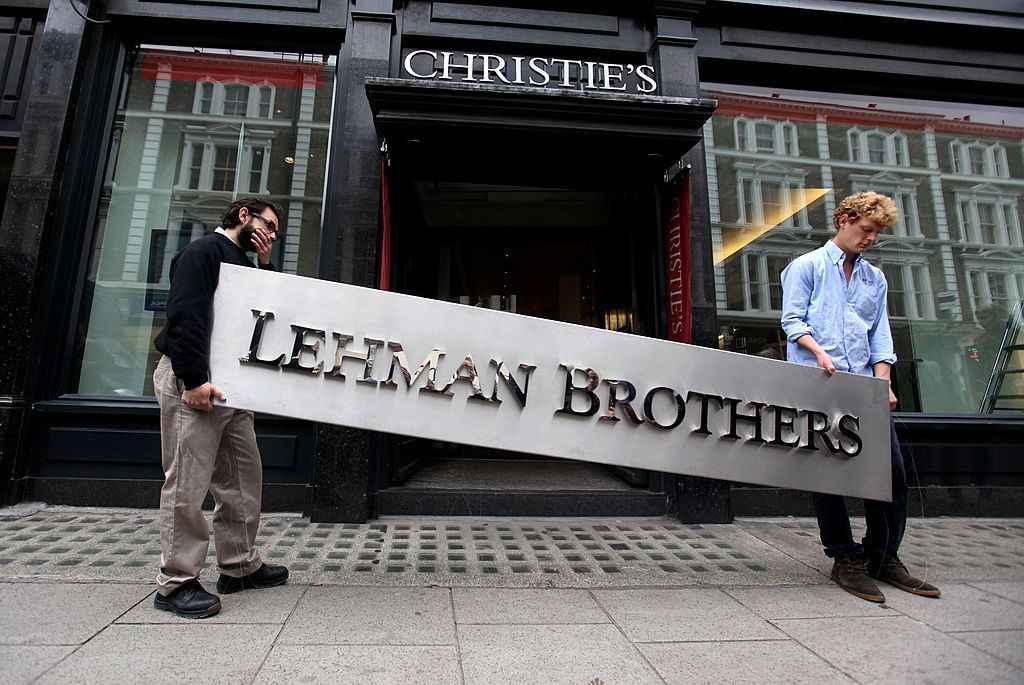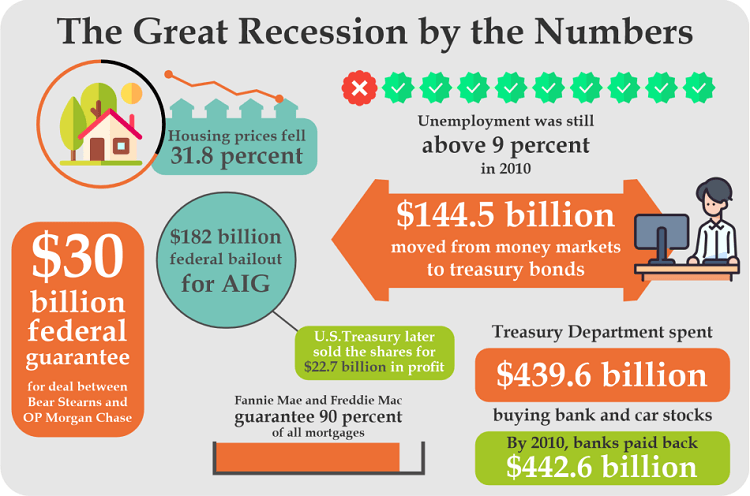Historical Stock Market Crashes: Lessons From Financial Fiascos
We’ve ridden the roller coasters of Wall Street, each dip and dive etching lessons into the ledger of time. Like seasoned veterans of finance, we have seen fortunes fold and empires crumble when the floor gives out under the market’s feet. Today, we pull back the curtain on those pivotal moments that left the world reeling.
From Black Tuesday to Black Monday, bear markets to downturns, I’m here to dissect just what makes these financial fiascos tick. Join me as we dig into what leads to these daunting missteps, how governments scramble in their aftermath, and most crucial, how we can take these tough lessons and turn them to our advantage in modern investing. The stories of historical stock market crashes are more than cautionary tales; they’re blueprints for building resilient financial futures. Let’s explore what history has to teach us, as we aim to rise from the ashes of past market mayhem.
The Anatomy of a Stock Market Crash
Understanding the Pivotal Moments: Black Tuesday and Black Monday
On Black Tuesday, October 29, 1929, the stock market took a sharp dive, marking the start of the Great Depression. Over 16 million shares were dumped as people tried to save what money they had left. This Wall Street Crash of 1929 wasn’t just a bad day; it showed a big problem with the economy. It was a day when the Dow Jones fell so far that it shook the whole world. People were scared, lost lots of money, and many banks had to close. This day will always be a harsh lesson in what can go wrong in the stock market.
Years later, another dark day, known as Black Monday, happened on October 19, 1987. Markets all over the world fell hard. The Dow Jones lost about 22% of its value in just one day. This crash was a surprise and it made people see how linked global markets were. It also led to changes, like creating plans for when the market gets wild to help prevent such bad crashes in the future.
Characteristics of Bear Markets and Market Downturns
A bear market is when stocks go down over time. Usually, it’s when prices drop by 20% or more from their high point. Bear markets can last for months or even years. They come with a lot of selling, as people worry about their money.
When stocks go down, it can be for a short while or a long while. A market correction is when stocks drop by 10% to 20%, which can be scary but also normal. It’s the market’s way of fixing itself. A crash is worse. It’s fast and can cause a lot of trouble.
In both cases, what starts the sell-off can be fears about the economy or bad news from big companies. Sometimes, it’s just lots of people feeling nervous and deciding to sell at once. This is called panic selling, and it can drive prices down really quick.
When stocks lose a lot, over and over again, that’s a sign of a bear market. It can hurt people’s savings and make it hard for businesses to get the money they need to grow. This is why it’s so important to understand these downturns. They show us where the risks are in the market and how things can spiral out of control when fear takes over.
Every time a crash has happened, it’s given us clues about how to get better. We study each one to learn what went wrong and to try to make sure it doesn’t happen again. By looking back, we can get ready for the future. Even though we can’t stop all crashes from happening, we can be smarter about how we deal with them when they come.
These big drops in the market and the tough times that follow teach us a lot about risk and how to handle our money. They remind us that the stock market can go up a lot but can also fall just as fast. And they make us think about how to protect ourselves so we don’t lose everything when the market takes a turn for the worse.
Key Factors Leading to Market Disasters
Investor Psychology and Speculative Bubbles
What drives a stock market to crash? Often, it’s how people think and act. Fear and greed lead to wrong choices. When stocks soar, people get too excited. They think prices will keep going up forever. This is a bubble. And every bubble has its burst moment. The Wall Street Crash of 1929 showed us just that. Millions saw their dreams shatter on Black Tuesday. Many had bet on stocks soaring more and more. But the Great Depression stock collapse came instead. This teaches us to watch out for when stocks jump too high, too fast.
Systemic Risk and the Domino Effect in Financial Systems
What happens when one part of the market falls? It can knock down the rest, like dominoes. This is systemic risk. It’s when trouble spreads across the whole market. The 2008 financial crisis is a strong example. When Lehman Brothers collapsed, panic hit banks everywhere. The shock sent waves through global finance. It pushed countries into a bad place, and millions lost jobs and homes. It’s key to study these chain reactions in finance. They show us how connected everything is. When one big piece falls, it can drag down many others. Understanding this helps us prepare for big market drops.
Learning from past mistakes helps us face new ones better. Knowing how greed and fear can cloud our judgment is crucial. And seeing how problems in one area can spread helps too. This wisdom can guide us when the next crisis hits. It’s all about watching, learning, and being smart with our money moves.
Government and Regulatory Responses to Crises
The Role of Circuit Breakers and Other Control Mechanisms
Circuit breakers are like stop signs in the market. They pause trading if prices drop too fast. This helps everyone calm down and think. When prices begin to free-fall, these breaks let traders take a breath. They stop trades, look at the news, and make wise choices. Circuit breakers were born after the 1987 market downturn. This crash, called Black Monday, scared many people. Do you know when these breaks kick in? It’s when the stock market drops by specific levels. For the S&P 500, a 7%, 13%, and 20% drop triggers them. Each level sets off a longer pause in trading.
These breaks give time to check info, stop rumors, and reduce panic. They are like timeouts in a wild game. People get too scared, too fast, and sell without thinking. Circuit breakers help prevent that. During the Flash Crash of 2010, they helped by giving people time. In minutes, the market fell and then came back. Breaks worked to stop a crash.
Market controls also include rules—like limits on how big you can trade. This stops one huge trade from shaking the whole market. If done right, controls keep the system in check. They make a safe space for people to trade stocks.
Anatomy of Bailouts: Lehman Brothers and Government Interventions
Now, let’s talk about bailouts. A bailout is when troubled firms get help. This is to stop them from failing and hurting the whole economy. The Lehman Brothers collapse is a key example from 2008. They were a big part of the 2008 financial crisis. People ask, why did Lehman not get saved? Well, the U.S. government chose not to bail them out. They thought Lehman was not as tied to the system as you might think.
The fallout was huge. Stocks dove. The market lost trust. Many say this choice was a mistake. After that, the government had to help others. They gave money to banks, car firms, and more. This was to keep the crash from getting worse. They also set up rules to make banks safer. The Dodd-Frank law was one big change. It made rules stricter.
Governments step in to fix or stop a crisis. They use money, new rules, or other tools. Each move has long-term market impacts—good or bad. So, we study bailouts to learn. We look at what worked or failed.
In short, controls like circuit breakers and bailouts shape our market. They either stop a fall or help pick up the pieces. They aim to keep shocks from hurling the economy into chaos. Remember, these measures are for safety. They aim to protect us all—every saver, investor, and firm. When used well, they can save the day by keeping panic in check and stabilizing the stormy seas of the stock market.
Navigating Through Stock Market Recoveries
Patterns of Market Correction vs. Long-term Recovery
Stock markets go up and down. That’s normal. But sometimes, they crash, and it looks like all is lost. Everyone asks the same thing: “How long until things are good again?” Well, let’s dive in.
After big drops, like the Great Depression stock collapse or the 2008 financial crisis, markets don’t bounce back overnight. It’s like healing from a bad fall—you need time. We’ve seen it time and again, from Black Tuesday in 1929 to the 1987 market downturn. Yet, each time, the markets have risen back up.
Now, what’s a market correction? That’s when prices drop around 10%. It’s like the market taking a breath. A crash? That’s worse. Prices sink by a lot, and it’s quick. Both are scary, but corrections are part of a healthy market. Crashes can lead to bear markets, where prices stay low for a long time.
Black Monday in 1987 saw a huge one-day drop. But guess what? The recovery began in just a few days. Why? Because the actual economy was pretty strong. It’s not just about numbers on a screen; it’s about jobs, factories, and stores.
Now, think about the 2008 crisis. Lehman Brothers failed, and that panic spread fast. Stocks fell big time. But with smart moves and time, stocks did come back. It showed us that crashes are short when we act fast and work together.
Lessons? Always look beyond the panic. The dot-com bubble burst hurt many. Yet, the tech sector today is key to our world. Patience in investing can pay off. Also, know what you own. If you invest in solid companies or funds, chances are they’ll recover in time.
Lessons Learned: Applying Historical Insights to Modern Investing
You’re now thinking, “Great, but how does this help me today?” Here’s how: We can learn from the past. Take the 1987 downturn or 2008 crash. We learned that markets can recover. Knowing this can keep you calm when others panic.
First, don’t just follow the crowd. Sounds easy? It’s not. Fear hits hard, and it’s tempting to sell everything. But history shows that’s often a mistake. When everyone’s running, smart investors look for opportunities. They know that after a big fall, there’s usually a climb.
Second, have a plan. A good one sets out what to do when markets dip. It keeps you in check. It reminds you why you invested in the first place.
Finally, don’t put all your eggs in one basket. Diversify. Spread your bets. If one area falls, you’ve got others to lean on.
So, there you have it! By looking at how stocks have fallen and risen, we get clues on how to deal with the next drop. It’s about being smart, taking the long view, and learning from those who’ve been there before. Remember, each crash or correction is different, but the wisdom we gain remains the same.
We’ve explored the guts of stock market crashes, from Black Tuesday to modern downturns. Big fears and risks play a huge part, often snowballing into bigger troubles. Governments step in with fixes like circuit breakers and bailouts. Recovery isn’t a straight path; it’s full of ups and downs.
My final thoughts? Knowing history helps us prepare. We learn, adapt, and get better at bouncing back. Keep an eye on the past, but work smart for your future. Stay informed, stay sharp, and invest wise.
Q&A :
What are the major historical stock market crashes?
The stock market has seen several significant downturns throughout history. Notable crashes include the Wall Street Crash of 1929, which precipitated the Great Depression, and Black Monday in 1987, where stock markets around the world plummeted. More recent examples are the Dot-com Bubble Burst in the early 2000s and the 2008 Financial Crisis, which had global implications.
How often do stock market crashes occur?
While there is no set frequency for stock market crashes, they are relatively rare events that typically arise from a combination of economic factors, speculative bubbles, and investor panic. Historically, minor corrections are more common, with major crashes happening years or decades apart.
What causes stock market crashes?
Stock market crashes are complex events often caused by a mix of factors, including economic indicators such as high inflation or rising interest rates, speculation, overvalued stocks, and external shocks. Investor behavior, such as panic selling, can also exacerbate market declines and lead to crashes.
Can stock market crashes be predicted?
Predicting stock market crashes is extremely challenging, as they are the result of various unpredictable factors and often irrational investor behaviors. While economists and analysts can identify overvaluation and other warning signs, accurately forecasting the timing and triggers of a crash is not reliable.
How can investors protect themselves from stock market crashes?
Investors can mitigate the risks associated with stock market crashes by diversifying their investment portfolio across different asset classes, maintaining a long-term investment strategy, and avoiding emotional decision-making. Some may also consider hedging strategies or holding a portion of their portfolio in less volatile assets.


